
Editor's Note: This story originally appeared on Live and Invest Overseas.
We’ve just released our annual Overseas Retirement Index, and, as always, this massive undertaking is met with great excitement…
In it, we reveal the top 10 places to retire in 2024, with a few bonus destinations to keep your eye on.
Out of these 10, a whopping five are based in Europe, showing just how enviable — and attainable — a new life in the Old World can be for retirees (and folks of any age!).
Here are Europe’s top places to retire.
5. Kotor Bay — Low-Cost Mediterranean Living in Europe’s Secret Riviera
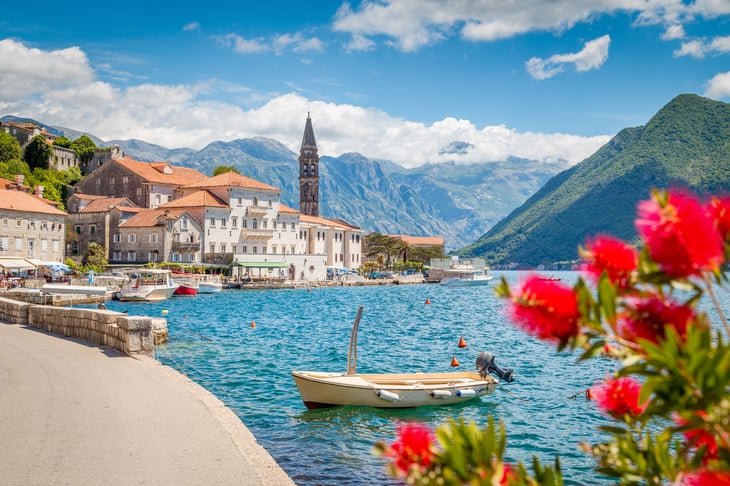
- No. 5 Best Place to Retire in Europe
- No. 7 Best Place to Retire in the World
Kotor Bay is a deep, craggy inlet of the Adriatic Sea found in Montenegro.
Overlooking the same stretch of water as southeastern Italy, it boasts 57 miles of sparkling coastline backed by towering mountains and dotted with a charming mix of medieval towns and luxe modern developments.
Kotor Bay is made up of three main towns: Kotor, Tivat, and Hercig Novi. Kotor is in the southeastern corner of the bay. The jewel in its crown is Kotor Old Town, a three-sided walled city of great historical significance that’s widely regarded as the best-preserved medieval town in the Mediterranean.
There are great reasons to live here: it has a mild climate — year-round, temperatures average between 36 and 88 degrees Fahrenheit, a low cost of living, access to nature, diverse recreation opportunities, stunning scenery, and places to sit back and enjoy yourself (outdoor cafes overlooking the sea, rooftop bars, and so on).
The ultra-wealthy treat this yachting paradise like their own private riviera … part of the reason Kotor Bay won top spot in the 2023 Jetset Retirement Index, However, because prices remain low, the average person can still access all of its lifestyle benefits.
Montenegro’s Appeal to Expats
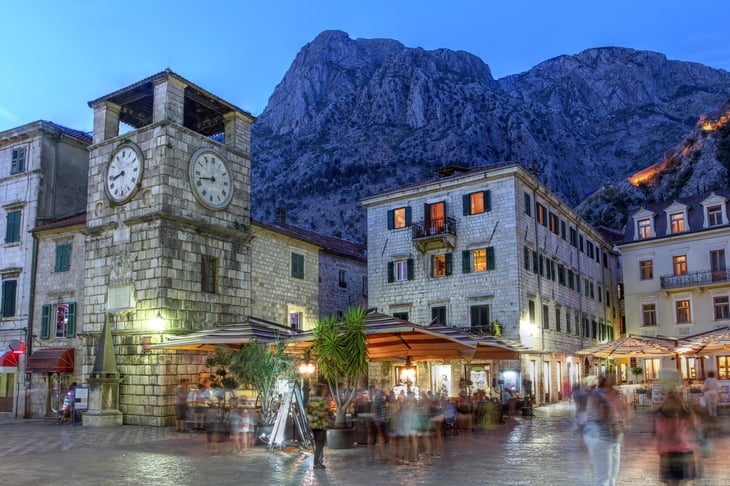
Montenegro’s government values foreign investment and wants to attract more foreign residents. It makes it easy for expats to set up life here with its turn-key residency policies.
It continues to invest in tourism and construction … more hotel chains are establishing themselves here … cruise ships sail up to Kotor’s harbor on the daily.
It’s only a matter of time before word about Montenegro spreads as far as North America, and Canadian and American tourists and expats start to arrive.
Prices vary from town to town, with Kotor Old Town and Tivat’s seafront drag costing the most compared to the villages scattered around the bay. You can rent a small, one- or two-bed apartment in Kotor Old Town for about 800 euros per month (which, at the current rate of exchange, is about $860).
A cappuccino costs about 1.50 euros; a mini bottle of wine is 4.50 euros; a slice of pizza is 3 euros; a slice of cake is less than 5 euros. In short, Kotor Bay offers some of the best value for money on the continent.
Big Things in Store for Kotor Bay

The surprisingly large expat community in Kotor Bay is mostly made up of Europeans as well as some North Americans.
They love this area for its safety, access to nature, the myriad recreation opportunities, and the diverse and interesting community.
You might think the relative isolation of this little country would add up to a low level of English, but the fluency of the locals will come as a pleasant advantage.
You’ll have no trouble speaking to waiters, real estate agents, taxi drivers, shop attendants, and so on.
With Montenegro set to enter the EU in the next few years, big things are ahead for this little gem. Now’s the time to get in — before it becomes a mainstream stop on Europe’s tourism trail … and prices inevitably go up.
4. Gascony — Quaint, Pastoral Living in the Villages of Southwest France
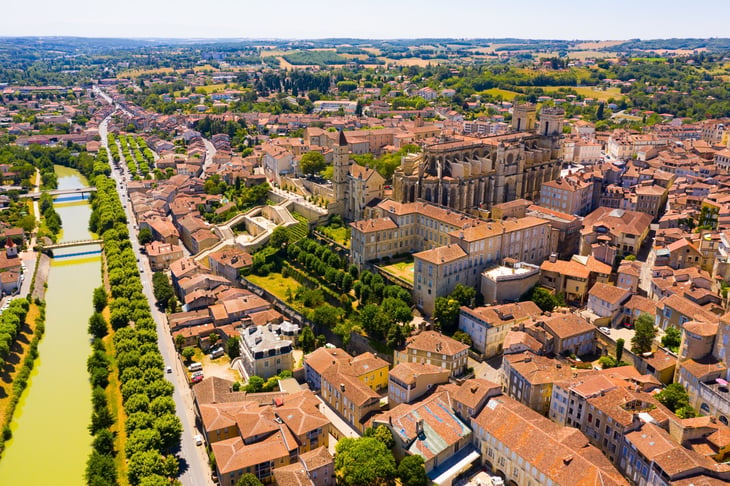
- No. 4 Best Place to Retire in Europe
- No. 6 Best Place to Retire in the World
A place where you can truly get away from it all … These days, that sounds like a tall order. But the world is full of out-of-the-way havens and hamlets at once tranquil and bursting with opportunity.
One such place is Gascony. Nestled in the sedate southwestern corner of France, between Bordeaux and the Pyrenees, this peaceful region is one of the least-known destinations in the country.
With a mild year-round climate ranging from 49 to 66 degrees Fahrenheit on average, this is a pleasant place to spend the year if you prefer a temperate four-season climate.
Gascony is the epitome of La France Profonde, “deep France.” The completely rural, agricultural lifestyles on offer here are unmoved by trends of any kind — global or national — and resist the influence of the greater world.
Gascony’s Quaint Village Life
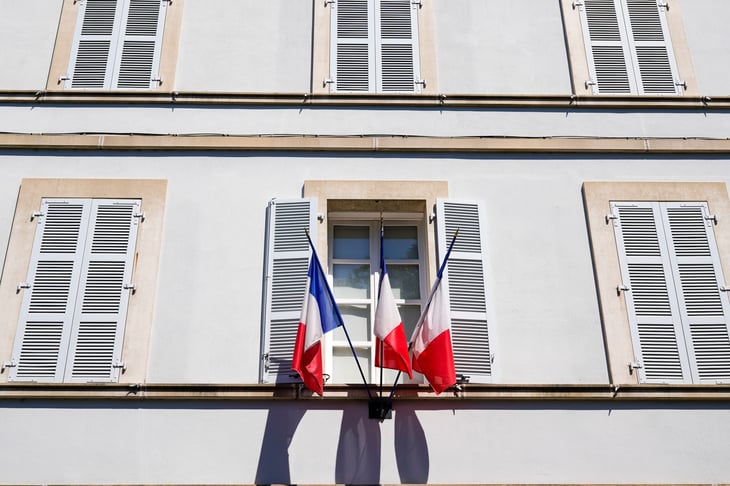
The quaint villages that make up this region, many of which are known as Les Plus Belles Villes de France (the prettiest towns of France) or Villes d’Art et d’Histoire (towns of art and history), make up a rustic network of sorts.
Each town has its claim to fame, but only the capital of the region, Auch, could be said to offer every amenity one might need in one place.
Unless you choose to settle in this small city, life here is lived hopping within the system of villages, which, between them, will provide you with all life’s necessities.
To do your shopping, you might need to hit a few towns — one for a bakery, another for a produce market, another for its modern supermarket, and another for its hardware store … and don’t expect that they’ll all be open on the same day.
The bakery might be closed Monday through Wednesday, the produce market held only on Sunday, and the hardware store open only Tuesday through Friday, for example.
Once you’ve become accustomed to the opening times of all your various stops, this style of errand-running will become second nature. It’s part of the charm that draws people to this kind of simplified, Old-World lifestyle.
A Foodie’s Affordable Paradise in France

Having to travel a bit — say 15 to 25 minutes in between villages — comes with a hidden benefit. It allows you to become intimately acquainted with your entire region and make friends in each town, and it affords you a kind of socializing that you wouldn’t have if you lived a more modern lifestyle.
By village hopping every few days, you’ll soon become a recognizable fixture in your new region.
Another aspect of life here that draws foreigners — more of whom live here than you might expect for such an off-grid location — is the quality of fresh, organic food available as well as the local importance of sustainable farming.
From the local breed of cow (the muscular Blonde d’Aquitaine) raised for its famously high-quality and tender beef to the duck and geese that dominate local cuisine … and from the tasty melons, stone fruit, tomatoes, peppers, zucchini, and eggplant to the abundant wheat and corn … this is a foodie’s paradise.
With a long growing season and strong tradition of wine and Armagnac production, a gourmand couldn’t do better than setting up here.
And when it comes to cost of living, you aren’t likely to find many regions of France more affordable than this little corner. Thanks to locally produced goods and a lack of tourism that keep rents low, your cost of living could reasonably be kept under $2,000 a month here.
3. Crete: A Mediterranean Jewel at the Crossroads of Three Civilizations
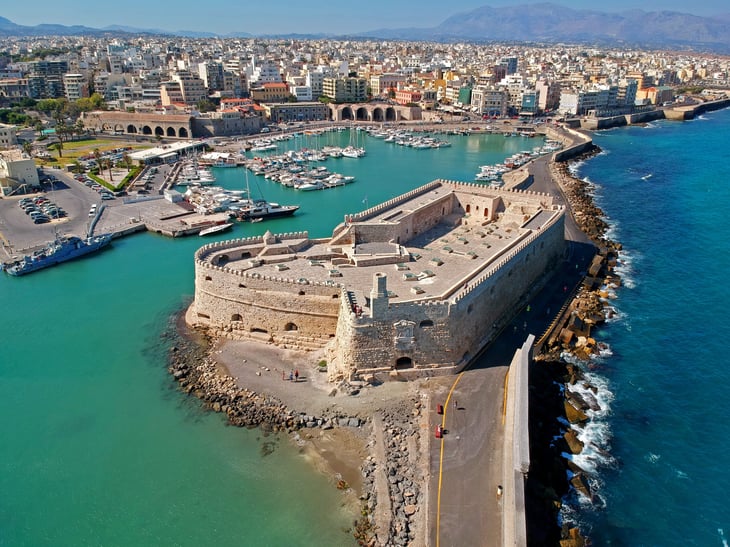
- No. 3 Best Place to Retire in Europe
- No. 4 Best Place to Retire in the World
Its history dates back 4,000 years, its beaches are superb, the Mediterranean water is crystal clear, the healthy Mediterranean Diet originates here, and the sun shines for over 300 days a year (more than any other location in Greece).
This is the island of Crete, the largest of the Greek islands, a little bigger than the state of Delaware.
Crete is famed as one of the most beautiful locations in Greece, if not the entire world. The island offers a lot for both tourists and residents, including sun, sandy beaches, and hospitable people.
As you’d expect of an island lifestyle, the pace of life is slow and laidback here, even in comparison to mainland Greece. That doesn’t mean you’ve got to give up modern comforts, though.
Crete boasts all the amenities and conveniences of Western countries, including fast internet, reliable bus networks, international airports (two of them), a cruise port, and plenty of modern shopping.
On the other hand, Crete is blissfully free of mega highways and giant shopping malls, striking a nice balance between the old world and the new.
An Accommodating Locale

Crete is known for having some of the best infrastructure of all the Greek islands, with cities here having been developed specifically to accommodate tourists.
Throughout the island, you’ll enjoy nicely paved roads and comfortable walking paths, even outside of cities.
While many islands here and elsewhere in the world suffer from power shortages, solar power is commonly used here, the sun being a reliable asset that the region can depend upon. Most residences and businesses employ solar panels, which minimize the dependence on traditional energy grids.
The island is made up of four regions: Chania (pronounced and sometimes written “Hania”), Rethymo, Heraklion (sometimes called Iraklio), and Lasithi.
In Chania, our top pick for setting up an expat life in Crete, the Old Town is a mass of winding streets with properties dating back hundreds of years, on foundations that go back to the Minoans.
The Best of Old World and New World

The Old Town is deep in tourist territory, which means a wealth of bars, restaurants, English-speaking staff, and all the history at your fingertips … but it also means it’s louder and packed with tourists at certain times of year.
Old Town also boasts direct access to the town’s only sandy beach and therefore offers some of the town’s best seafood, with local fishermen bringing their daily catches right up to the roadside in front of the eateries for chefs to choose from.
From the center of the Old Town, it’s only a 10-minute walk along a pretty, coastal path, and past the town’s only municipal, open-air swimming pool, to get to the “New Town,” and a 5-minute walk to the city center.
In the “New Town,” properties are modern, especially by Cretan standards, with the majority built from the 1980s to mid-nineties.
Properties here are more spacious, often with outdoor areas. Plus, the streets are wider here and parking is easier. It’s quieter here than in the Old Town, though, thanks to far fewer tourist visits.
Crete’s Comfortable Lifestyle and European Residency Program

In addition to all the natural benefits of the island (sun, sea, sand, and history), people are attracted to its super low-cost yet high-quality lifestyle and its affordable European residency program, which offers non-European citizens the chance to buy property and in return qualify for a permanent residency visa, granting visa-free access to the whole Schengen Area.
A budget for a retired couple here would come to less than $2,000 per month and would provide a very comfortable standard of living.
Eating and drinking out, so much a part of life in Crete, is very affordable. Even in the touristy areas, you can easily enjoy a full meal with wine for less than 30 euros.
While Greek may not be the easiest language to pick up in retirement, folks working in the big cities and tourist sites here will speak enough English for you to get by. And you’ll be able to find a few English speakers if needed even in the lesser traveled areas around the island.
When all else fails, locals are patient and happy to help you be understood in a smattering of “Greeklish.” People here are easygoing and eager to help you get what you need.
2. Braga — Portugal’s Low-Key, Elegant, Culturally Rich Northern Haven
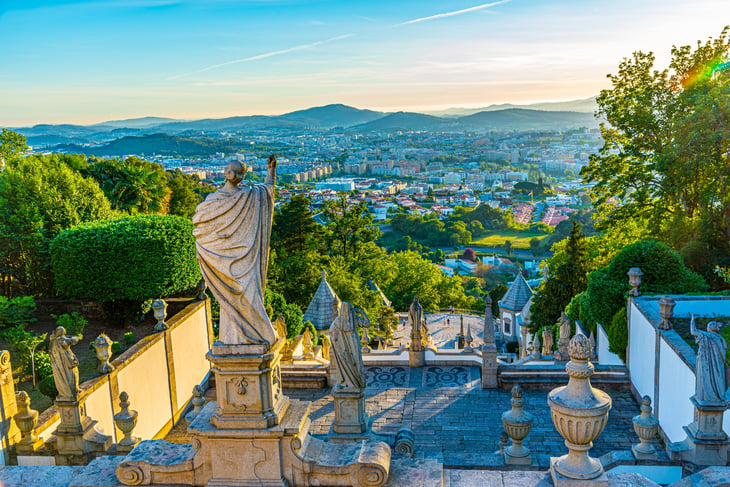
- No. 2 Best Place to Retire in Europe
- No. 2 Best Place to Retire in the World
There’s much to love about Braga, Portugal’s third-largest city and capital of the northern Minho province, where the country’s famous vinho verde wine is grown and produced across its lush valleys.
Braga is well-known for its religious heritage, cultural offerings, and numerous festivals, but it’s not a typical expat choice, and has stayed off the mainstream tourism radar, as well.
This means that prices have been kept low, as they’ve steadily risen throughout the rest of the country.
Thanks to the low foreigner count here, there’s a more authentically Portuguese feeling to Braga that can be lacking in more expat-heavy regions.
Braga dates to a thriving ancient Roman metropolis, as evidenced by the many archeological artifacts found throughout the area. The medieval center of the city is a large pedestrian district filled with wonderful shops, restaurants, museums, theaters, and galleries.
‘The Rome of Portugal’

Braga has weeklong festivals nearly every month of the year, a vibrant university, and large public gardens. On Sundays, you’ll hear concertinas playing in the central plaza.
The city’s main appeal is its historic center, with narrow lanes and lively plazas hemmed in by historic buildings and elegant baroque churches.
This dense, buzzy neighborhood is full of cafes, restaurants, boutiques, churches, supermarkets, businesses, hotels, homes, and more …
This is the perfect spot to stroll or to relax at a cafe and people-watch, enjoying the fresh air and a glass of local wine on a sunny day.
Often called “the Rome of Portugal,” thanks to its plentiful churches and religious sites, several of which claim world renown, like the Bom Jesus do Monte Sanctuary and Sé de Braga Cathedral.
Also much like Rome, you’re never far from church bells here, which might take some getting used to if you’re not already accustomed to street noise.
A Vibrant, Festive Life in Braga

Unlike, Rome, however, the Portuguese are more of a lively party people than a mass-attending penance-loving kind of crowd. Here, the religious events that cram the calendar are about celebration, color, joy, and inclusion.
Although home to just 200,000 people or so, this is a university town, so it has more of a young, vibrant, active feeling than you might expect from such a small city.
And being less than an hour from Porto, Portugal’s second city, as well as the Atlantic coast, you’re well positioned to enjoy more of what the country has to offer once you settle in.
This compact city allows you to get by without a car, translating into an active, healthy lifestyle as you take advantage of all it has to offer, from its elegant Old Town to its vibrant, modern side.
1. Valencia: Spain’s City of Joy and the World’s Top Retirement Haven for 2024
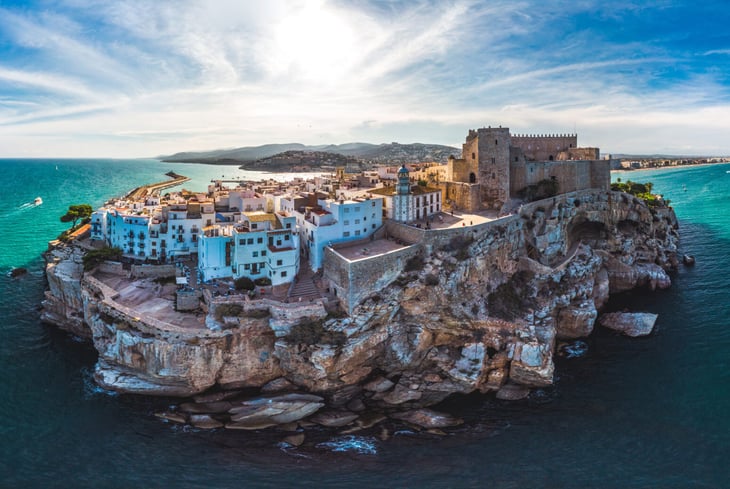
Drumroll, please …
Announcing the Best Place to Retire in Europe (and the World) for 2024: Valencia, Spain!
- No. 1 Best Place to Retire in Europe
- No. 1 Best Place to Retire in the World
Despite not being well known to North American audiences, Valencia has innumerable accolades, awards, and claims to fame.
City of Joy … City of Oranges … City of Arts and Sciences … World Capital of Design … European Capital of Smart Tourism … Green Capital of the Future … Gastronomic Mecca …
I’ve been touting Valencia for months now, and it was the horse I backed unquestioningly for this year’s competitive Overseas Retirement Index, so seeing it sweep the rankings for 2024 — despite this being the first year we’ve ever included a Spanish destination — was a satisfying result.
Spain’s Stand-Out Location
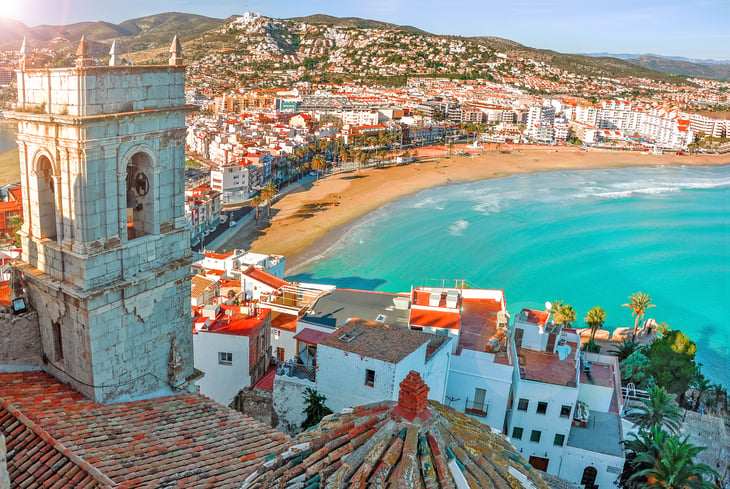
Retirement in Spain has historically called to mind giant 1970’s-era condo towers stacked on crowded beaches, filled with mostly British expats who tend to create “Little Britains” in their new neighborhoods overseas.
So many of the most famous southern costas have been flooded with cheap, ugly construction and drained of any authentic or historic charm.
Valencia is a stand-out exception to this rule.
It’s in the sweet spot about midway between the rugged and little-visited Costa Azahar (“Orange Blossom Coast”) to the north and the expat-popular Costa Blanca to the south.
The Costa Blanca offers a wealth of golf courses, spas, and other planned amenities that attract foreigners. Valencia is within an hour of those amenities but also distinctly separate from them.
Valencia is the capital of its eponymous region, but with a mere 800,000 or so residents, it’s a small, manageable city that doesn’t feel crowded or overwhelming. The feeling here is laid back.
Valencia: An Innovative City

Located on Spain’s eastern coast, on the floodplain of the Turia River as it empties into the Mediterranean Sea, the earth here is famously fertile.
The surrounding countryside is abundant with crops — its world-famous citrus, of course, as well as apples, pears, apricots, peaches, cherries, plums, pomegranates, almonds, lettuce, cauliflower, tomatoes, onion, peppers, artichoke, melons, beans, and more.
Locals tend to think of Valencia as a river city, though it hasn’t been on the banks of the Turia since it was diverted in 1969 due to flood concerns.
The former river bed has been turned into a park that snakes through the city, called the Gardens of Turia — Valencia is ever the innovative city.
As well as a city-wide park, the gardens also provide space and parkland for the magnificent City of Arts and Sciences, a stunning series of architectural works by world-renowned architect Santiago Calatrava (a beloved native son of Valencia) housing the city’s world-famous museums and aquarium (the largest in Europe).
These buildings have been used as sets for futuristic sci-fi films and TV series, including “Tomorrowland” and “Westworld.”
Valencia’s Rich Culture

Keeping busy and active will never be a concern here, with every possible type of cultural entertainment on offer, including over 40 museums, plus galleries, archeological sites, regular music and dance performances, monuments spanning from medieval to modern, as well as shopping, bars, and restaurants galore — nearly all of which offer year-round al fresco dining.
And with the Mediterranean 30 minutes from the city center and mountains for hiking or skiing about an hour away, in addition to the abundant green spaces throughout the city, you’ll never go wanting for outdoor recreation either.
Perhaps the most alluring aspect of Valencia for many is its temperate climate. This region boasts one of the mildest winters in Europe, with January temperatures comparing with May and September climates in other major Western European cities.
This is due partially to its Mediterranean location and in part to the ponentà, the local name for the phenomenon that shields the city from rain and warms the region up to 25 degrees more than without its effects.
Humidity is consistently between 60% and 65%, never more, and the region gets about 2,700 hours of sunshine — 300+ days — per year.
Great Infrastructure and Much More in Valencia, Spain

To get from one side of the city to another, or to the beaches, residents avail of its top-notch public transportation, with metro, buses, and trams taking you across the city in minutes.
But because the weather is always so pleasant, most folks prefer to walk or bike, and because the city is small, well-paved, and flat, this is an easy, enjoyable prospect.
Developments and initiatives are planned far into the future, mostly focusing on renaturing, reducing its carbon footprint, and enlarging pedestrian zones.
Infrastructure here is consistently good, with reliable electricity and fast internet that has made it a haven for remote workers who take advantage of Spain’s digital nomad visa.
And the health care is some of the best in the world, with Spain ranked as having the seventh-best system in the world according to the World Health Report.
Several of Valencia’s hospitals regularly top the charts of rankings of the best hospitals in Spain, and clinics, pharmacies, dentists, veterinarians, and other medical facilities are plentiful.
An Overseas Retirement Haven

One of the biggest misconceptions North Americans have is that life in Europe is financially out of reach, but Spain is known for being the most affordable region in Western Europe.
Even Valencia, a culturally rich, historic city with high-level infrastructure and a high quality of life, is affordable by most people’s standards.
Plus, dollar-holders enjoy a currency discount, with the euro down about 10% relative to the dollar over the past two years and about 20% lower than long-term trends.
While Valencia is no stranger to expats, with more discovering this fantastic city every year, it isn’t dominated by foreigners as many other coasts can be in Spain. You’ll have no trouble making friends who speak English, but to really enjoy your new life here, you’ll need to speak Spanish.
Visiting tourist sites and eating at the cafe next door to them might deceive you into thinking you can get by with English here, but those places make a business of catering to foreigners. You’ll find that most waiters or service staff don’t speak English outside of these scenarios.
Luckily, Spanish is one of the easier languages to learn, and many Americans have some foundation of it already. Start learning in advance of your arrival, and you’ll fit right in.
When it comes to choosing a retirement overseas … or a new home in Spain … it’s hard to imagine a better lifestyle than that offered by Valencia.





Add a Comment
Our Policy: We welcome relevant and respectful comments in order to foster healthy and informative discussions. All other comments may be removed. Comments with links are automatically held for moderation.